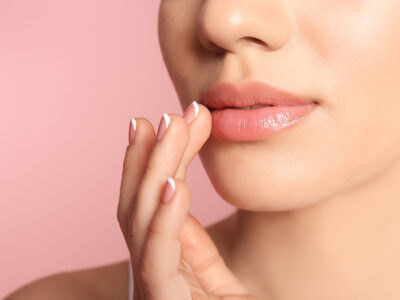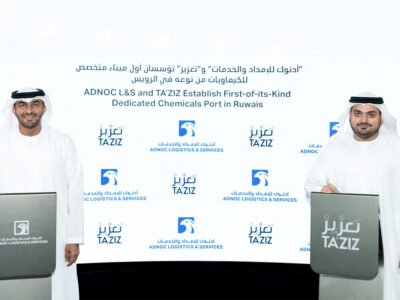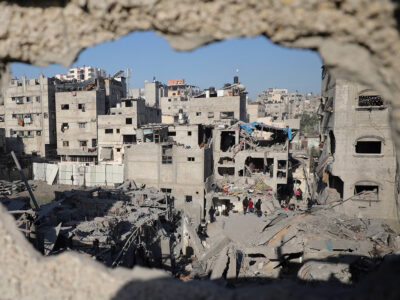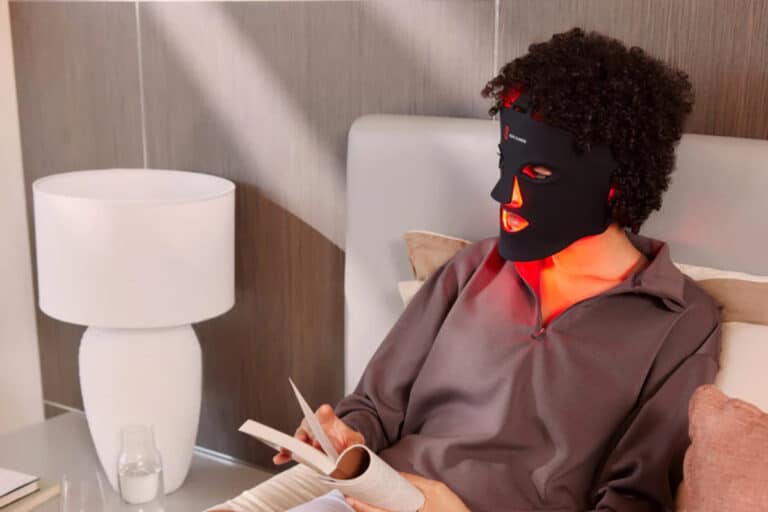Seven in 10 UAE residents have tried red light therapy as the Gulf state grapples with widespread sleep difficulties and skincare concerns, according to an industry report released on Tuesday.
The study by wellness technology firm BON CHARGE found that 67 per cent of respondents in the UAE struggle with sleep, whilst 62 per cent are unhappy with their skin’s condition, driving demand for alternative wellness solutions.
Monthly usage of red light therapy stands at 30 per cent in the UAE, which the company says outstrips all other surveyed markets, though specific comparative data was not disclosed.
“Our Global Red Light Therapy Report reveals that 70 per cent of adults in the UAE have tried red light therapy—significantly higher than other markets, such as the US (34 per cent), UK (21per cent), and Australia (32 per cent). Additionally, 30 per cent of UAE users incorporate red light therapy into their wellness routines monthly,” Andy Mant, CEO and Co-Founder of BON CHARGE, told Arabian Business.
The findings arrive against a backdrop of environmental challenges, with increasing air pollution rates in major cities across the world.
“According to the 2023 World Air Quality Report, the UAE has the 7th most polluted air in the world and naturally affects the skin, as the largest organ of the human body,” said Mant.
“The intense heat and dryness can lead to skin issues such as dehydration and irritation, while also disrupting sleep patterns by affecting indoor air quality and overall comfort.”
Skincare emerged as the primary driver for adoption, with 28 per cent of users seeking younger-looking skin, whilst 30 per cent utilise the therapy for muscle and joint relaxation.
Red light therapy, also known as low-level light therapy or photobiomodulation, uses specific wavelengths of red and near-infrared light to penetrate skin cells. Research suggests it can help reduce inflammation, promote collagen production, and aid in tissue repair.
Common applications include anti-ageing treatments, wound healing, muscle recovery, and sleep improvement. The therapy can be administered through various devices, from handheld wands to full-body panels, with face masks and wands being the most popular formats in the UAE market.
“In the UAE, our recent report revealed that 62 per cent of residents distrust skincare and beauty products without scientific backing, highlighting a clear preference for evidence-based wellness solutions,” Mant added.
Market growth forecast
The global red light therapy market, valued at $1.24 billion in 2024, is projected to reach $1.7 billion by 2030, growing at a compound annual rate of 5.4 per cent, research suggests.
The device segment alone is estimated at $361.5 million in 2024 and is expected to expand at 9 per cent annually through 2031, driven by increasing awareness of its applications in skin rejuvenation, pain relief, and anti-ageing treatments.
“As consumers become increasingly interested in their overall wellness and regional demand for red light therapy solutions continues to grow, BON CHARGE is proud to play a pivotal role in this movement,” said Andy Mant, CEO and Co-Founder of BON CHARGE.

“WHOOP Year In Review member data reveals that GCC cities dominate global rankings for insufficient sleep. Sharjah, Doha, Jeddah, Abu Dhabi, Riyadh, and Dubai rank as the top six cities with the lowest overall sleep globally. Some of these cities are also located in countries with the latest average bedtimes—Kuwait (2:20 AM), Saudi Arabia (2:19 AM), and Qatar (1:47 AM)—further contributing to disrupted sleep cycles,” Mant explained.
The research also revealed growing scepticism towards unproven beauty products, with 62 per cent of UAE respondents saying they distrust skincare and beauty items lacking scientific evidence.
“The UAE continues to establish itself as a global hub for longevity and wellness,” said Dr Cherine Bazzane, a specialist in Integrative Wellness and Longevity Medicine.
“These findings not only highlight the growing demand for non-invasive, at-home technologies that empower individuals to prioritize wellness anywhere, anytime but also show how innovative wellness solutions can help address skincare and sleep challenges,” Bazzane added.
The report’s publication coincides with BON CHARGE’s market entry into the UAE and Saudi Arabia, marking its first foray into the Gulf region.
“In the Middle East at large, we observe that consumers have a strong desire to be early adopters of cutting-edge technology. PwC found 67 per cent of Middle East consumers want to be among the first to buy and try the latest cutting-edge technologies as soon as they are available—significantly higher than the global average of 48 per cent,” Mant added.
The expansion includes a global brand refresh led by Marco Niefer, formerly of beauty giant Huda Beauty, as the firm seeks to capitalise on regional demand for science-backed wellness solutions.
According to the report, the technology is gaining broader appeal across multiple wellness applications, with 22 per cent of users seeking better sleep and 14 per cent using it to reduce the disruptive effects of blue light exposure.





